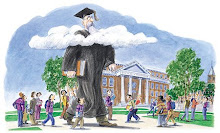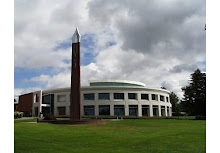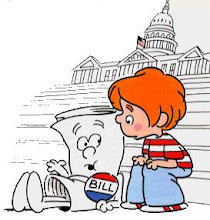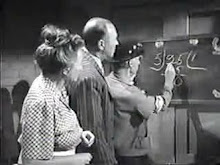
My mother always told me "seek and ye shall find." I suspect she stole the wording from someplace. But I took her advice anyway, and I discovered another film that addresses the Japanese-American experience during World War II.
The cast of Only the Brave included Tamlyn Tomita, who played Lily in Come See the Paradise. There's an extensive plot summary at IMDB, the Internet Movie Database website. Producers have created a detailed website to publicize and market the film.
When I tried to find it on Amazon.com, I came up empty, but I found a bunch more films that relate to the subject. So I guess I lied on Monday when I said Come See the Paradise was the only popular culture film of its sort. You can do a search for Only the Brave at Amazon and see for yourself. One that caught my eye was American Pastime. The review by A. T. Hurley at Amazon.com sounded intriguing. It reads, in part:
The DVD's making-of featurette, "Go for Broke: Behind American Pastime," is in some ways even more moving than the film, since it features interviews with real survivors of the internment camps, including Topaz and Manzanar. Also interviewed are several Japanese American soldiers from the 442nd Regimental Combat Team, who courageously fought for America in World War II even as their family members and friends were detained in the camps. Cole says in the featurette, "America really wanted to sweep [the internment camps] under the rug"--but thanks to the film and the documentary, the real history can be illuminated.
 There is a wealth of material that's come out in the past decade. It would be interesting to contrast it with the popular culture depictions of Hollywood propaganda films like Thirty Seconds Over Tokyo and Tora! Tora! Tora!
There is a wealth of material that's come out in the past decade. It would be interesting to contrast it with the popular culture depictions of Hollywood propaganda films like Thirty Seconds Over Tokyo and Tora! Tora! Tora!As one of you commented in class on Monday, we could make the subject of the Japanese-Americans in WWII a course all by itself.
Five points to anyone who can find some other good films to watch about this topic.





















